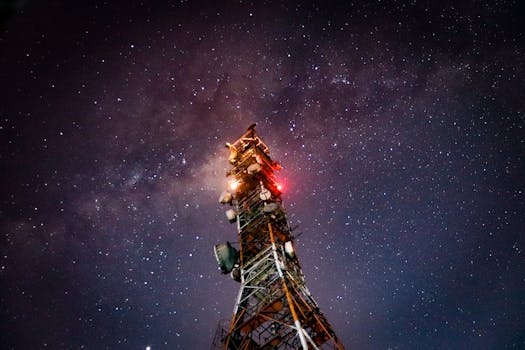
MEO satellites, or Medium Earth Orbit satellites, are a type of satellite that orbits the Earth at an altitude of approximately 2,000 to 36,000 kilometers. This unique orbit allows MEO satellites to provide a wide range of benefits, including faster and more reliable connections, increased global coverage, and improved communication services. MEO satellites are revolutionizing the way we communicate globally, and in this article, we will explore the benefits, applications, and future of MEO satellite technology.
One of the primary advantages of MEO satellites is their ability to provide high-speed and low-latency connections. Because they are closer to the Earth than geostationary satellites, MEO satellites can offer faster data transfer rates and lower signal delays. This makes them ideal for applications that require real-time communication, such as video conferencing, online gaming, and emergency services. Additionally, MEO satellites can provide coverage to remote and underserved areas, where traditional communication infrastructure is lacking.
MEO satellites are also being used for a variety of applications, including navigation, earth observation, and scientific research. For example, the European Space Agency’s Galileo constellation, which consists of 30 MEO satellites, provides high-precision navigation and timing services to users around the world. Similarly, the NASA’s Orbiting Carbon Observatory (OCO-2) mission uses a MEO satellite to study the Earth’s carbon cycle and provide insights into climate change.
Another significant advantage of MEO satellites is their ability to provide resilient and secure communication services. Because they are less susceptible to interference and jamming, MEO satellites can offer a high level of security and reliability, making them ideal for military and government applications. Furthermore, MEO satellites can be used to provide backup communication services in the event of a disaster or network outage, ensuring that critical communication infrastructure remains operational.
Despite the many benefits of MEO satellites, there are also challenges and limitations to their deployment and operation. For example, MEO satellites require more complex and sophisticated technology than geostationary satellites, which can increase their cost and complexity. Additionally, MEO satellites are more susceptible to orbital debris and collisions, which can pose a risk to their operation and longevity. However, as technology continues to evolve and improve, these challenges are being addressed, and MEO satellites are becoming an increasingly important part of the global communication infrastructure.
In conclusion, MEO satellites are revolutionizing the way we communicate globally, offering faster and more reliable connections, increased global coverage, and improved communication services. With their unique orbit and advanced technology, MEO satellites are ideal for a wide range of applications, from navigation and earth observation to scientific research and military communications. As the demand for global connectivity continues to grow, MEO satellites will play an increasingly important role in providing resilient, secure, and high-speed communication services to users around the world.
